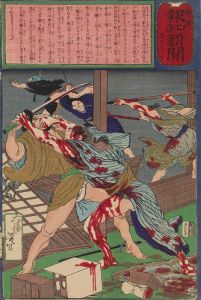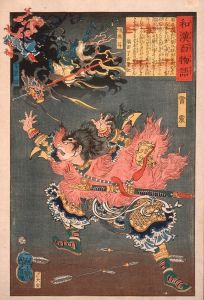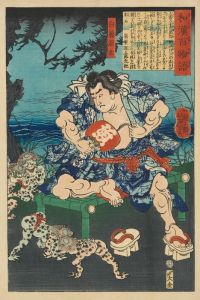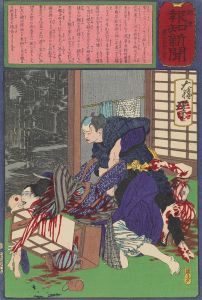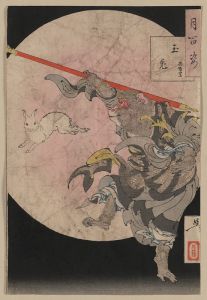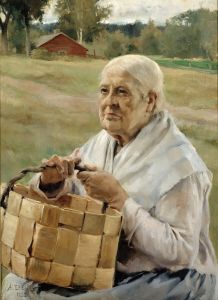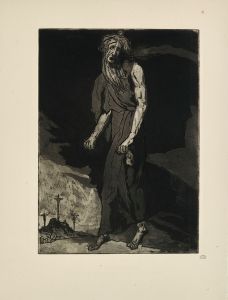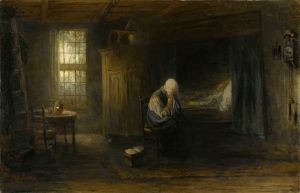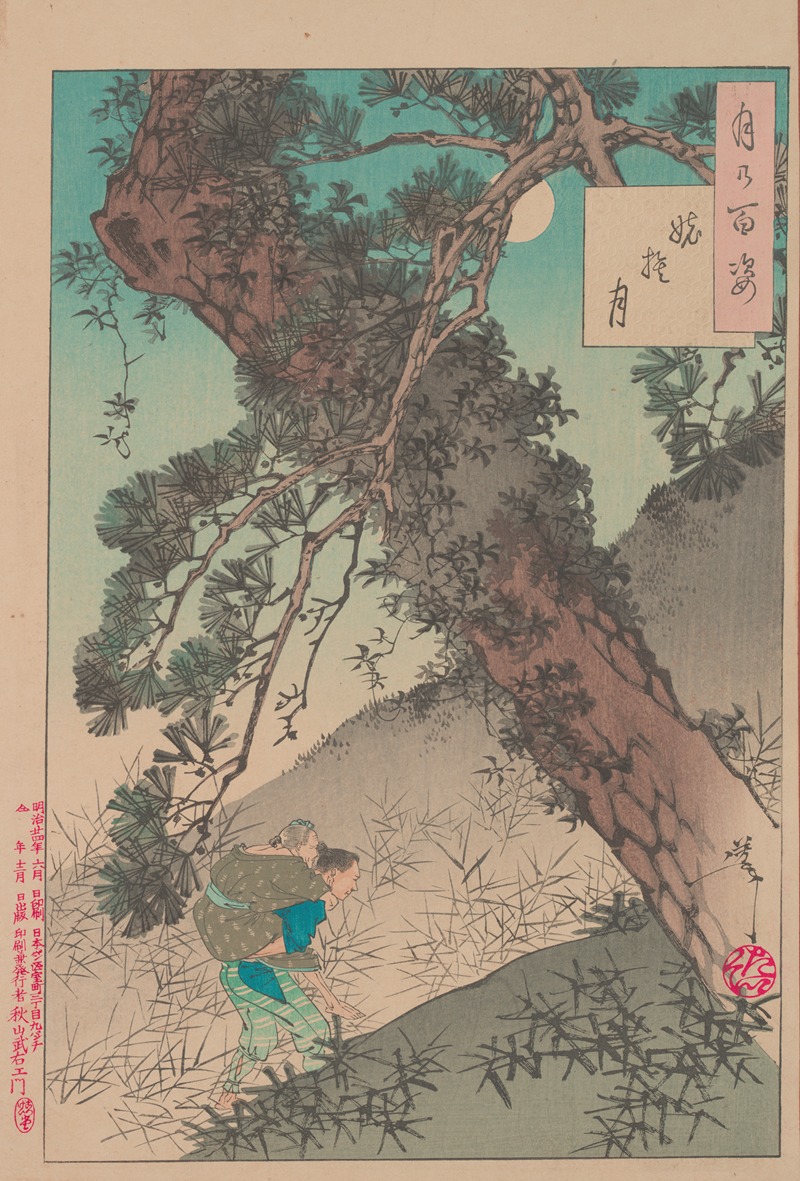
The moon and the abandoned old woman
A hand-painted replica of Tsukioka Yoshitoshi’s masterpiece The moon and the abandoned old woman, meticulously crafted by professional artists to capture the true essence of the original. Each piece is created with museum-quality canvas and rare mineral pigments, carefully painted by experienced artists with delicate brushstrokes and rich, layered colors to perfectly recreate the texture of the original artwork. Unlike machine-printed reproductions, this hand-painted version brings the painting to life, infused with the artist’s emotions and skill in every stroke. Whether for personal collection or home decoration, it instantly elevates the artistic atmosphere of any space.
"The Moon and the Abandoned Old Woman" is a woodblock print created by the renowned Japanese artist Tsukioka Yoshitoshi (1839–1892). This artwork is part of Yoshitoshi's celebrated series One Hundred Aspects of the Moon (Tsuki hyakushi), which was published between 1885 and 1892. The series consists of 100 individual prints, each exploring themes related to the moon, often drawing inspiration from Japanese folklore, history, and classical literature.
This particular print depicts an old woman who has been abandoned on Mount Obasute, a location associated with the legend of ubasute. The term ubasute refers to an ancient and largely mythical practice in which elderly or infirm individuals were allegedly taken to remote mountains and left to die, often as a means of alleviating the burden on their families during times of hardship. While there is no historical evidence that this practice was widespread or common, it has been a recurring theme in Japanese storytelling and art.
In Yoshitoshi's depiction, the old woman sits alone under the light of the moon, her expression conveying a mixture of sorrow and resignation. The composition emphasizes the stark contrast between the desolation of her situation and the serene beauty of the moonlit landscape. The print is notable for its emotional depth and Yoshitoshi's masterful use of line and color to evoke both the physical and psychological dimensions of the scene.
Yoshitoshi is widely regarded as one of the last great masters of the ukiyo-e tradition, and his One Hundred Aspects of the Moon series is considered one of his finest achievements. The series reflects Yoshitoshi's interest in combining traditional Japanese themes with innovative artistic techniques, as well as his fascination with human emotions and the passage of time. "The Moon and the Abandoned Old Woman" exemplifies these qualities, offering viewers a poignant meditation on themes of aging, abandonment, and the enduring beauty of nature.
The print is also significant for its cultural and historical context. By the late 19th century, the ukiyo-e tradition was in decline due to the rise of modern printing technologies and the influence of Western art. Yoshitoshi's work during this period represents a bridge between traditional Japanese aesthetics and the changing artistic landscape of the Meiji era. His ability to infuse traditional subjects with a sense of modernity has contributed to his lasting legacy in the history of Japanese art.
Today, "The Moon and the Abandoned Old Woman" is recognized as a powerful example of Yoshitoshi's artistry and his ability to convey complex emotions through the medium of woodblock printing. It continues to be appreciated by art historians and collectors for its technical excellence and emotional resonance.







